“SEO is an umbrella term for a large number of tactics and strategies all intended to help your website, video, images and other digital assets rank high in the search engine result pages for the keyword phrases that are the most important to your business for conversions.”
– Jenny Stradling, Eminent SEO CEO
With search engine optimization constantly evolving it can be hard to keep track of all of the changes. Google makes frequent algorithm updates, marketers test their ideas and new SEO strategies are always emerging.
A good SEO has to be prepared to handle these surprises in order to anticipate what happens next and stay ahead of the game. We have created a timeline of the Google algorithm changes and major updates to the digital marketing world to help you get up to speed on the evolution of SEO.
Google March 2025 Core Update
March 27, 2025
Google completed its March 2025 core update on March 27, following a two-week rollout that began on March 13. This broad core update focused on improving the relevance of search results and included a notable shift in how forum content is valued. Marketers are encouraged to reassess their SEO strategies if they experienced ranking changes during this period.
Google December 2024 Core Update
December 12, 2024
The December 2024 core update is being rolled out and is expected to be completed within two weeks. Core updates may occur more frequently as various systems continue to be enhanced.
Google Site Reputation Abuse (SRA) Update
November 19, 2024
Google has revised its site reputation abuse policy, which was first introduced earlier this year, to address ‘parasite SEO.’ This strategy involves websites leveraging established domains to manipulate search rankings using third-party content. Although enforcement is currently done manually, Google intends to implement algorithmic updates in the future to automate the detection and demotion process.
Google Core Update
November 11, 2024
Google says, “This update is designed to continue our work to improve the quality of our search results by showing more content that people find genuinely useful and less content that feels like it was made just to perform well on Search.” This update concluded on December 5.
Google’s August Core Update Rollout Completed
September 3, 2024
Google has confirmed the completion of the August core update, which took 19 days to fully roll out.
- Focus on creating valuable, user-centered content rather than relying solely on SEO techniques.
- Recovering lost rankings may require significant, long-term changes and patience for future updates.
Google’s June 2024 Spam Update Rollout
June 20, 2024
Google has completed its June 2024 spam update, which targeted websites violating its spam policies to improve search result quality. The update, completed on June 27, may cause fluctuations in search rankings. This effort is part of Google’s ongoing mission to combat web spam and enhance user experience.
Google’s March 2024 Update Officially Completed
April 19, 2024
We can now confirm that Google has officially completed the March update as of April 19th, 45 days after their initial announcement. This was a more complex update that involved updating multiple core systems simultaneously, while also ending the standalone “helpful content” update.
Google is quoted saying, “As the web and spam tactics continue to evolve, we’ll continue to work to reduce low quality, unoriginal content in Search.”
And they added, “The March core update ranking improvements, which tackled spam and low quality content on Search, are now finished rolling out. As a reminder, on March 5th we launched a number of meaningful enhancements to our core systems, as well as several updates to our spam policies, to reduce content created for search engines on Search.
They originally said it would be a 40% reduction in low quality and unhelpful content. Well, now Google confirmed it was really closer to 45%.
Google’s March 2024 Core Update
March 31, 2024
The March 2024 Core Update from Google focuses on tackling low-quality content and implements fresh spam policies to counter manipulative tactics. This update is more intricate, involving the enhancement and release of various core systems, leading to greater fluctuations in rankings compared to standard core updates.
Google’s November 2023 Core Update
November 2, 2023
Several times a year, Google makes significant, broad changes to their search algorithms and systems.
Google’s October 2023 Core Update
October 5, 2023
Core updates aim to enhance search algorithms at their core to boost search results and diminish the rankings of low-quality websites. Individuals or entities affected by these updates should prioritize creating valuable content, delivering a positive user experience, and making gradual enhancements to their online presence.
Google’s October 2023 core update started October 5, 2023 and finished on October 19, 2023.
Google’s October 2023 Spam Update
October 4, 2023
Google has introduced a fresh spam update targeting various forms of spam, including cloaking, hacked content, auto-generated material, and scraped content. However, it’s expected that websites in languages like Turkish, Vietnamese, Indonesian, Hindi, Chinese, and others may be impacted more significantly compared to those in English.
Google Helpful Content Update, Sept 2023
September 14, 2023
Google helpful content system’s goal is to elevate content that leaves users with a positive and fulfilling experience, while content that falls short of meeting user expectations will not perform as effectively.
Google Core Update, Aug 2023
August 23, 2023
Google introduced its latest core update with the goal of enhancing search outcomes. Experiencing a decrease in page performance after this update should not immediately raise concerns; the key factor at play is the significance of the content itself. It’s important to note that rebounding from a core update is not assured and can differ widely; the ongoing enhancement of content remains pivotal.
Google Reviews April 2023 Update
April 25, 2023
Google’s reviews system evaluates articles, blog posts, pages or first-party content written with the purpose of providing a recommendation, giving an opinion, or providing analysis. It does not evaluate third-party reviews (those posted by users in the reviews section of a product or services page).
Google Core Update
March 28, 2023
Google finishes the March 2023 core update, which began March 15.
Product Reviews Update
February 21, 2023
Google announced its product reviews update, considering more languages used across the globe.
Google Link Spam Update
December 14, 2022
Google announced the December 2022 Link Spam Update. This will take two weeks to roll out.
Google Helpful Content Update
December 5, 2022
December 2022 Helpful Content Update is live and will take up to two weeks to roll out.
Google Spam Update
October 19, 2022
Google announced the October 2022 spam update. Google references SpamBrain, an AI solution good at fighting “behaviors that attempt to narrowly avoid violating quality guidelines but are still manipulative in nature.”
Google Core Update
September 12, 2022
Released the September 2022 core update. The rollout could take 2 weeks to complete.
Google Helpful Content Update
August 18, 2022
Released the August 2022 helpful content update. The rollout was complete as of September 9, 2022.
Google Product Reviews Update
July 27, 2022
Google announced the July 2022 Product Reviews Update. It finished rolling out Aug 2.
Google Core Update
May 25, 2022
Google’s May core update was released and took about two weeks to fully roll out.
Google Product Reviews Update
March 23, 2022
Google releases March 2022 product reviews update with additional ranking criteria. The new product reviews update looks for in-depth analysis, actual product use, unique information and comparable product coverage. This product reviews update finished rolling out on April 11, 2022.
Google Product Review Update
December 1, 2021
Google releases its newest product review update (the first major one since April). The update was finished rolling-out the week of the 21st.
Google Core Algo Update
November 17, 2021
Google announces a large, core algo update that is estimated to take up to two weeks. Google provides advice on how to recover from core updates.
Google Spam Update
November 3, 2021
Google begins rolling-out a spam update on November 3. Google referenced its own Google Webmaster Guidelines.
Volatility in the SERPs
September 4, 2021
Recent volatility in the SERPs inspired Google specialists to speculate an unannounced algo update. However, there’s some speculation that rather than an official update, it’s just “growing pains” related to Google attempting to provide better results. For example, SERPs may change due to the seasons, day of the week, weather, etc.
Link Spam Update
July 26, 2021
Google posted a blog post about qualifying sponsored links and announced a link spam update. Site owners could get penalized for not being forthright about sponsored and affiliated links on their site. This update is in effect for all languages.
Google Core Update
July 1, 2021
The July Core Update went live as announced via Twitter. Google on core updates: “One way to think of how a core update operates is to imagine you made a list of the top 100 movies in 2015. A few years later in 2019, you refresh the list. It’s going to naturally change. Some new and wonderful movies that never existed before will now be candidates for inclusion. You might also reassess some films and realize they deserved a higher place on the list than they had before.”
Google Core Update
June 2, 2021
June’s core update was announced at the beginning of the month.
Google Page Experience Update
April 19, 2021
Here comes the Page Experience Update, which takes a closer look at Core Web Vitals, mobile UX, and site security. Search experts suggest webmasters use a mixture of free and paid tools to check a site’s CWV.
Google on this update: “the page experience update will consider several page experience signals, including the three Core Web Vitals metrics: LCP, FID, and CLS (as well as Chrome’s recent fix to CLS). In addition, the Top Stories carousel feature on Google Search will be updated to include all news content, as long as it meets the Google News policies. This means that using the AMP format is no longer required and that any page, irrespective of its Core Web Vitals score or page experience status, will be eligible to appear in the Top Stories carousel.”
Google’s Product Reviews Update
April 8, 2021
Google announced the product reviews update, better promoting content that does a good job at reviewing goods and services. From Google: “From this, we know people appreciate product reviews that share in-depth research, rather than thin content that simply summarizes a bunch of products. That’s why we’re sharing an improvement to our ranking systems, which we call the product reviews update, that’s designed to better reward such content…”
Google Passage Ranking
February 11, 2021
Google announced news of passage ranking for US/English-based queries. This update features Google’s ability to not only index pages, but parts of pages, in order to serve a user with the very best answer for the context.
Google Core Update
December 3, 2020
Google announced a core update.
Google Core Update
May 4, 2020
Google gave us a second core update of the year, reported to be quite significant.
Google Rearranging Featured Snippets
February 5, 2020
Google announced a rearrangement regarding featured snippets. This raises lots of discussions regarding click-through behavior and branding.
Another Google Core Update
January 6, 2020
Another year’s entry is met with another core update. Happy 2020!
Make Way for Google’s BERT
December 9, 2019
Make way for BERT, the natural language processing algorithm, introduced across 70 languages.
Google’s algorithm is updated to better support BERT
October 25, 2019
Google’s algorithm is updated to better support BERT, which aids in interpreting natural language searches and context.
Another core update from Google
September 24, 2019
Google blessed us with another core update. And, while the update seemed to do a good job at mixing up the SERPs, Google gave us very little information to speculate.
Google rolled-out the Site Diversity Update
June 5, 2019
Google rolled-out the Site Diversity Update, citing that SERPs would change in cases where sites had two more more organic listings.
Google indexing issues
May 26, 2019
Google confirmed another indexing bug but now has it fixed.
Google dropped pages from the search index
April 6, 2019
About 4% of URLs fell from page one and then soon recovered.
Google rolled-out a core update
March 13, 2019
Google rolled-out a core update, the third major one since speaking the updates into existence.
Google Rolled out the “Medic” Core Update
August 8, 2018
Google rolled-out the “Medic” core update. It’s name represents the health and wellness vertical, which is disproportionately affected by the update.
Google Broad Core Algorithm Update
August 1, 2018
“On July 31, 2018, changes to Google’s core algorithm were implemented, and Google confirmed these changes and the possibility of search volatility the very next day. Google also admitted that this algorithm update could be considered a ‘big’ update — meaning search results and rankings could be expected to fluctuate wildly. Many ‘white hat SEOs’ have noted that this update seemed to yield positive results to those websites that follow Google’s quality guidelines, and overall do things ‘the right way.’ Websites that utilized ‘black hat SEO’ cheats and link/SEO schemes seem to have been hit very hard by this update.”
Source: https://www.seroundtable.com/google-seos-algorithm-update-26149.html
Google Updates Guidelines for Search Quality Raters
July 1, 2018
“While much of the indexing and ranking happens automatically through Google’s core algorithm, Google also relies on real people — called ‘Search Quality Raters’ — to review search engine results pages (SERPs). In July of 2018, Google updated the guidelines that these raters follow when reviewing the serps. Not only do these new guidelines reflect what Google considers as ranking factors, but offers insight into what websites must do to be considered ‘quality’ content and service providers.”
Source: http://www.thesempost.com/google-search-quality-rater-guidelines-updated/
GDRP Privacy and Data Regulations for European Union Customers Goes Into Effect
May 25, 2018
“The General Data Protection Regulation (GDPR) set new rules for how websites and businesses use and store private and personal data on citizens of the European Union. Heavy fines are a concern for companies found breaching GDPR, and even though this only applies to privacy data on EU citizens, it forces businesses small and large to take a closer look at how data is used and stored from all customers, regardless of where they are located.”
Source: https://www.zdnet.com/article/gdpr-an-executive-guide-to-what-you-need-to-know/
Mobile First Update
March 26, 2018
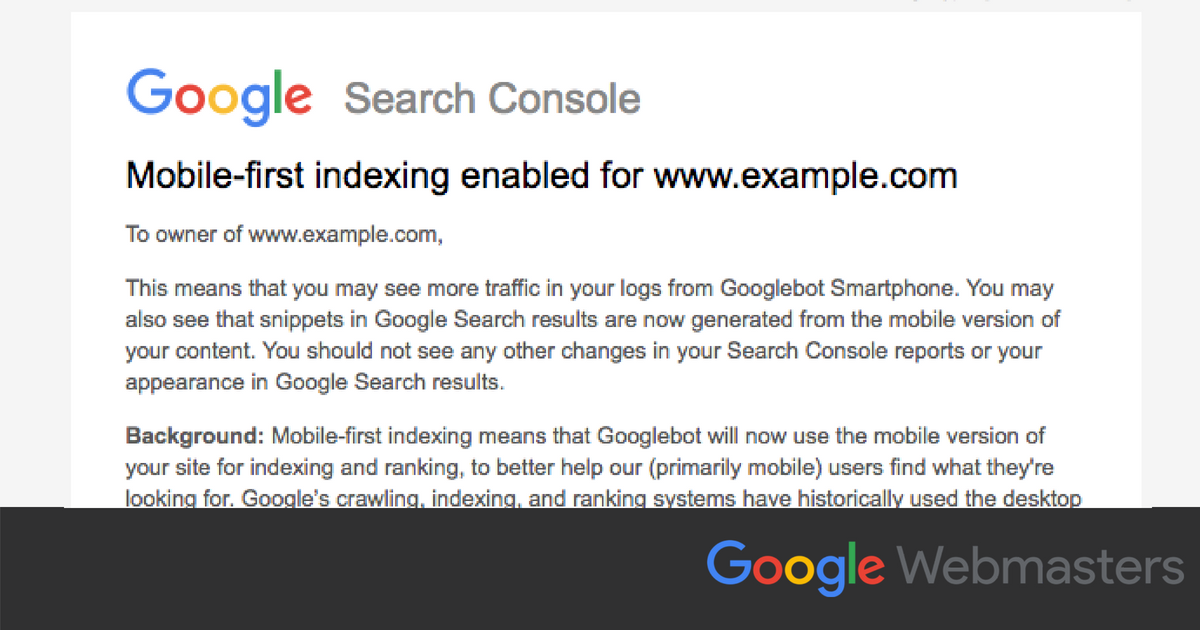
Source: https://webmasters.googleblog.com/2018/03/rolling-out-mobile-first-indexing.html
Google Featured Snippet Drop, Jump in Knowledge Panels
November 29, 2017

Source: Knowledge Graph Eats Featured Snippets, Jumps +30% (Moz) and Is the featured snippet bubble bursting? (SEL) and https://www.eminentseo.com/blog/google-knowledge-panel-rich-snippets-updates/
Google Crack Down on Addiction Treatment Ads
September 1, 2017

Source: https://www.eminentseo.com/blog/did-google-crush-addiction-treatment-adwords-campaign/
Google Intrusive Interstitial Penalty
January 11, 2017
Google started rolling out a penalty to punish aggressive interstitials and pop-ups that might damage the mobile user experience. Google also provided a rare warning of this update five months in advance. MozCast showed high temperatures from January 10-11, but many SEOs reported minimal impact on sites that should have been affected.
Sources: Google warns it will crack down on “intrusive interstitials” in January (SEL) and Official: Google Intrusive Interstitials Mobile Penalty Now Rolling Out (SER)
Google’s New Mobile-First Index
December 26, 2016
Google Possum Update
September 1, 2016
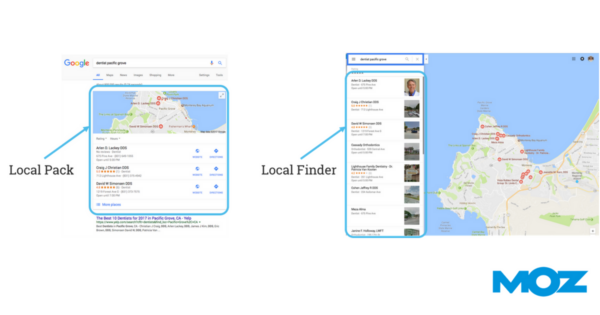
Sources: https://moz.com/learn/seo/google-possum and https://searchengineland.com/study-shows-googles-possum-update-changed-64-local-serps-261761
Facebook Blocking Ad Blocking Extensions
August 11, 2016
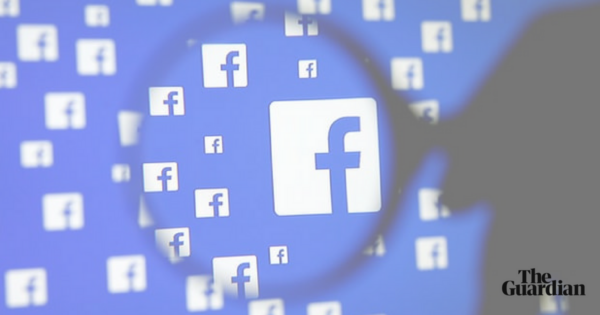
SnapChat Ads
June 14, 2016

Source: https://www.theverge.com/2016/6/14/11930386/snapchat-ads-api-stories
Google Expanded Text Ads
May 24, 2016

Source: https://adwords.googleblog.com/2016/05/ads-and-analytics-innovations-for-a-mobile-first-world.html
Google AdWords Shake-up
February 19, 2016

Sources: Four Ads on Top: The Wait Is Over (Moz) and Google AdWords Switching to 4 Ads on Top, None on Sidebar (SEM Post)
Google AMP
February 1, 2016

Source: https://beta.techcrunch.com/2015/10/07/accelerated-mobile-pages/
Google Announces RankBrain
October 26, 2015
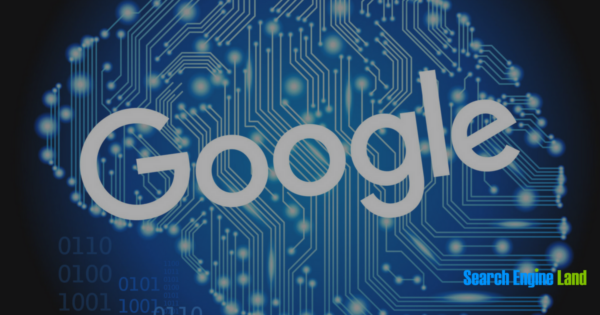
Sources: Google Turning Its Lucrative Web Search Over to AI Machines (Bloomberg) and FAQ: All About The New Google RankBrain Algorithm (SEL)
Yahoo Google Search Deal
October 20, 2015
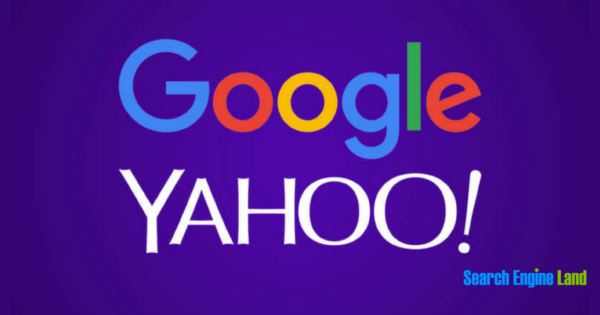
Source: https://searchengineland.com/yahoo-google-search-deal-233963
Native Gmail Ads
September 1, 2015
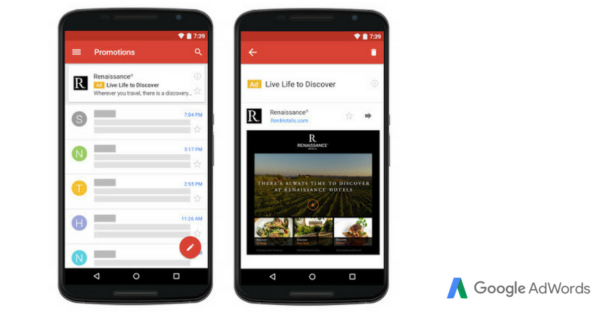
Source: https://adwords.googleblog.com/2015/09/native-gmail-ads-arrive-in-adwords.html
The Year of Mobile
January 1, 2015

HTML5 Released
October 30, 2014

Source: https://searchengineland.com/seo-best-practices-for-html5-truths-half-truths-outright-lies-99406
Google HTTPS/SSL Update
August 6, 2014
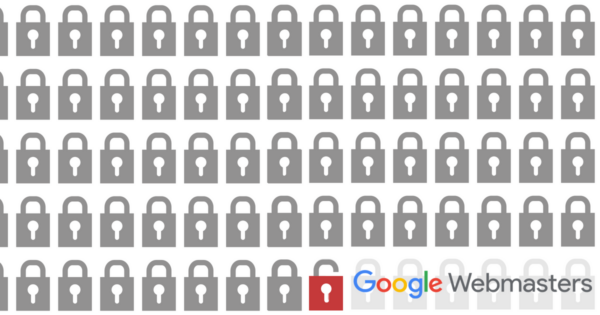
Google Pigeon Update
July 24, 2014
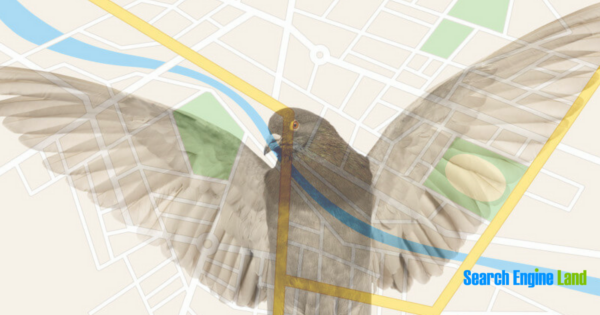
Source: Google “Pigeon” Updates Local Search Algorithm With Stronger Ties To Web Search Signal (SEL)
Pinterest Promoted Pins (Ads) Beta
March 1, 2014

Source: https://business.pinterest.com/en/blog/a-big-year-ahead-for-promoted-pins
Instagram Ads
October 1, 2013

Source: https://en.wikipedia.org/wiki/Timeline_of_online_advertising
Google Hummingbird Update
August 30, 2013

Sources: FAQ: All About The New Google “Hummingbird” Algorithm (SEL) and Some Reports Of An August 21/22 Google Update (SER)
Google “Payday Loan” Update
June 11, 2013
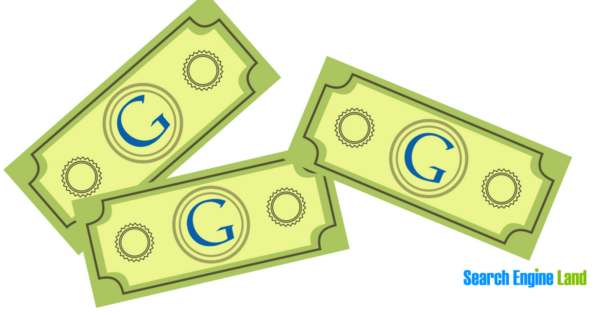
Source: Google Payday Loan Algorithm: Google Search Algorithm Update To Target Spammy Queries (SEL)
Google Knowledge Graph
May 16, 2012
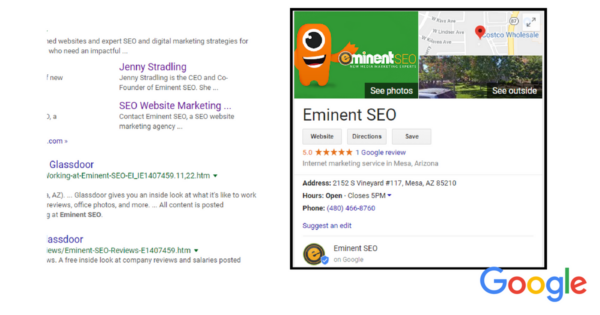
Source: Introducing the Knowledge Graph: things, not strings (Google)
Google Penguin Update
April 24, 2012

Sources: Another step to reward high-quality sites (Google) and The Penguin Update: Google’s Webspam Algorithm Gets Official Name (SEL)
Google Search Terms Removed
October 1, 2011
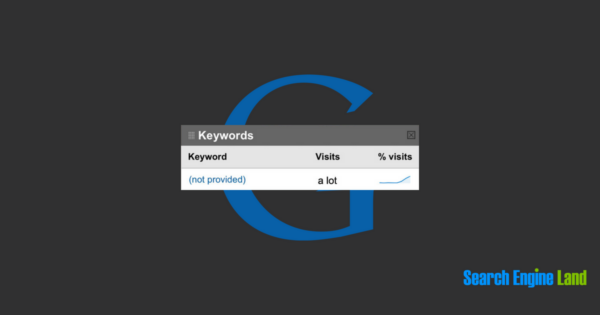
Source: https://searchengineland.com/google-not-provided-review-186356
Google+ Launched
June 28, 2011

Source: Introducing the Google+ project: Real-life sharing, rethought for the web (Google)
Google Panda / Farmer Update
February 1, 2011

Source: Google’s Farmer/Panda Update: Analysis of Winners vs. Losers (Moz)
Social Signals
December 1, 2010

Sources: What Social Signals Do Google & Bing Really Count? (SEL) and Google Webmaster Video Reconfirms Use Of Social Signals (SEL)
Facebook overtook Google
July 1, 2010

Google Caffeine Rollout
June 8, 2010

Schema.org
June 2, 2010

Source: Google, Bing & Yahoo Unite To Make Search Listings Richer Through Structured Data (SEL) What is Schema.org? (Schema.org)
Google Places
April 20, 2010

Sources: Introducing Google Places (Google)
Twitter Ads
April 13, 2010

Bing and Yahoo partnership begins
December 1, 2009
Google and DoubleClick
September 18, 2009

Source: https://searchengineland.com/googles-doubleclick-formally-announces-new-ad-exchange-26042
Introducing Rich Snippets
May 12, 2009

Source: https://webmasters.googleblog.com/2009/05/introducing-rich-snippets.html
Canonical Tags
February 15, 2009
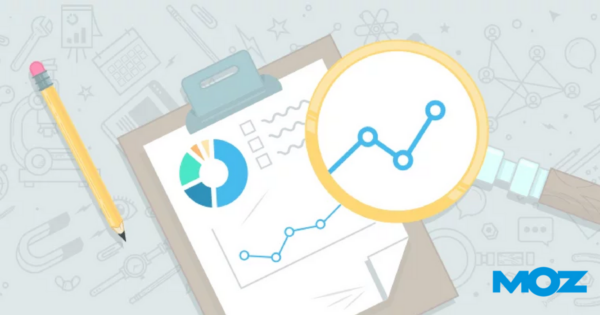
Sources: Learn about the Canonical Link Element in 5 minutes (MattCutts.com) and Canonical URL Tag – The Most Important Advancement in SEO Practices Since Sitemaps (Moz)
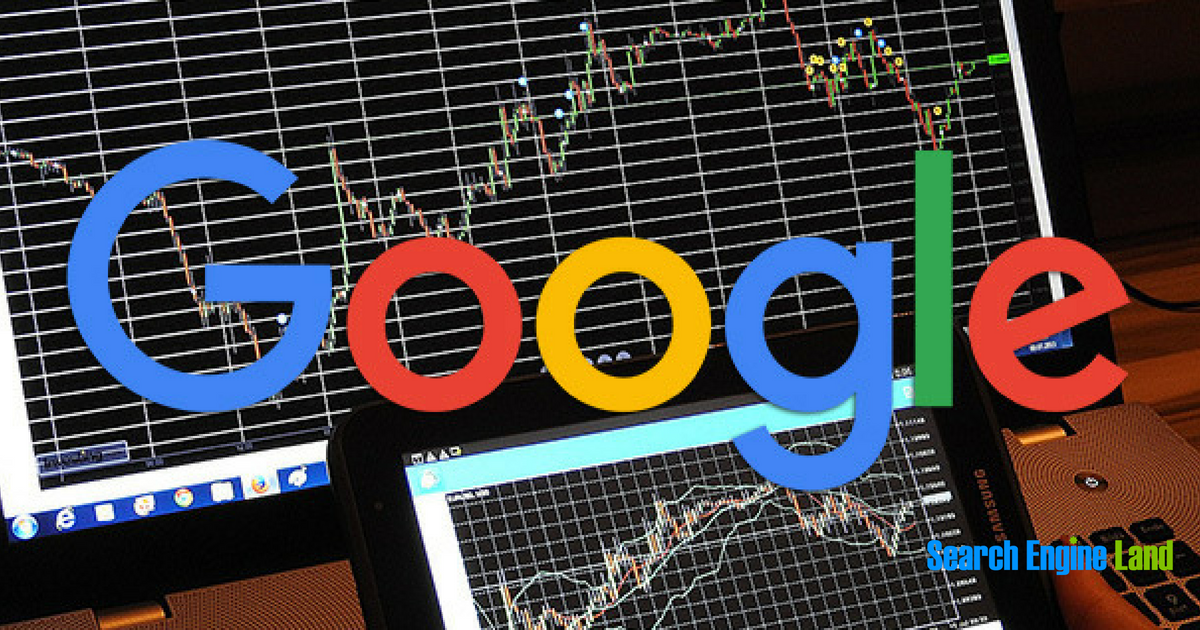
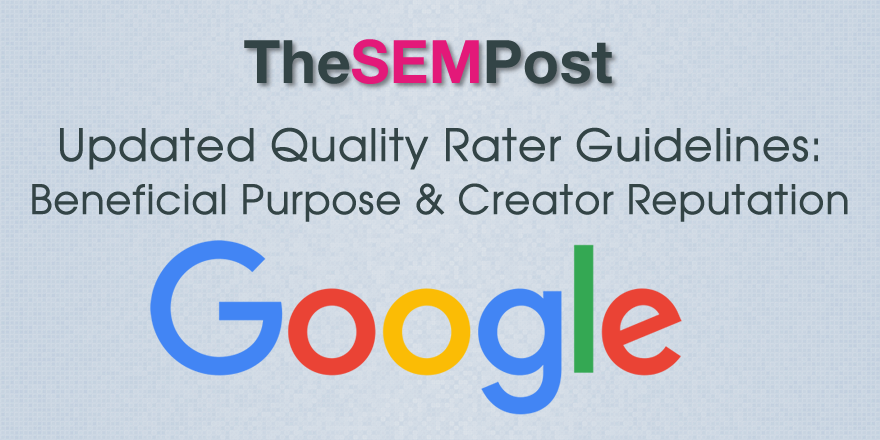
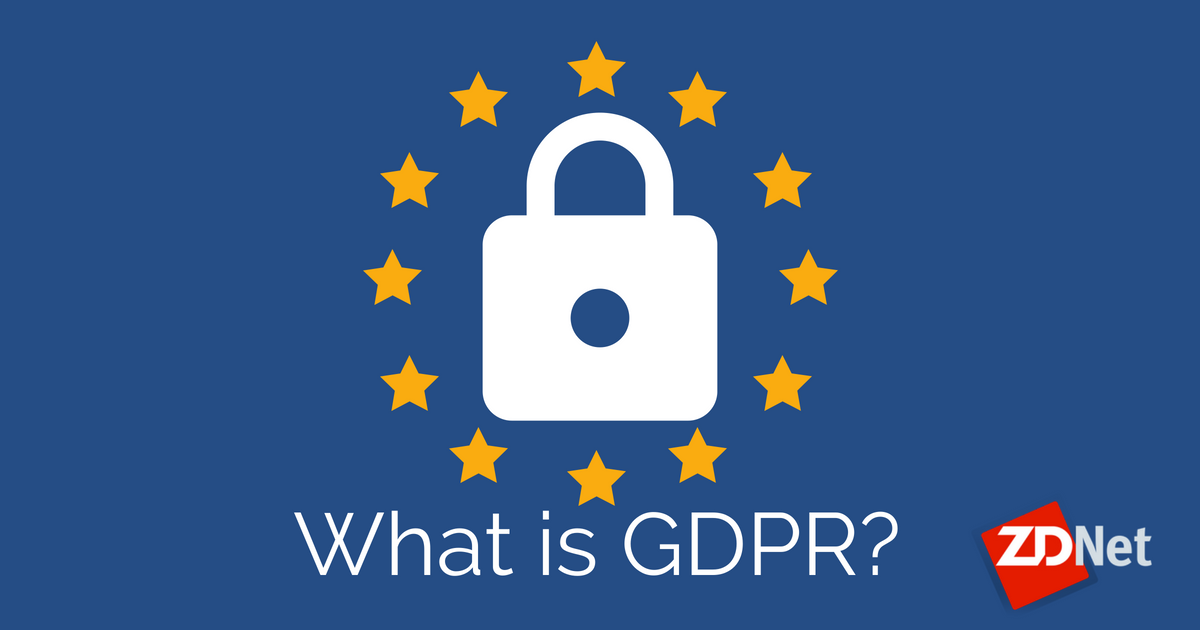
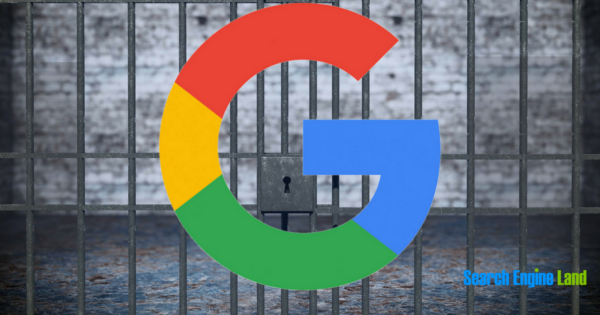
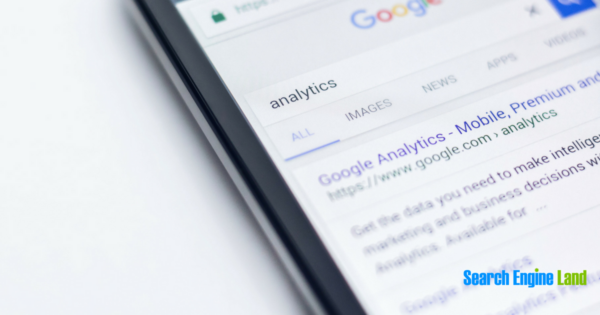 Sources:
Sources: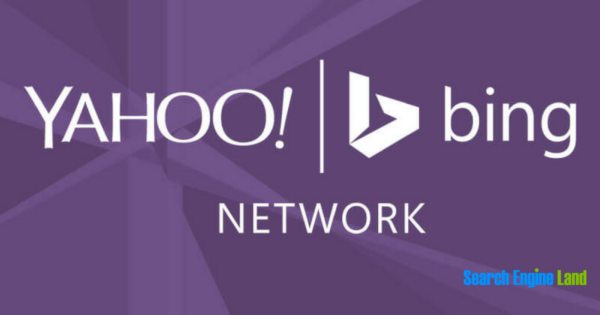 Source:
Source: 

